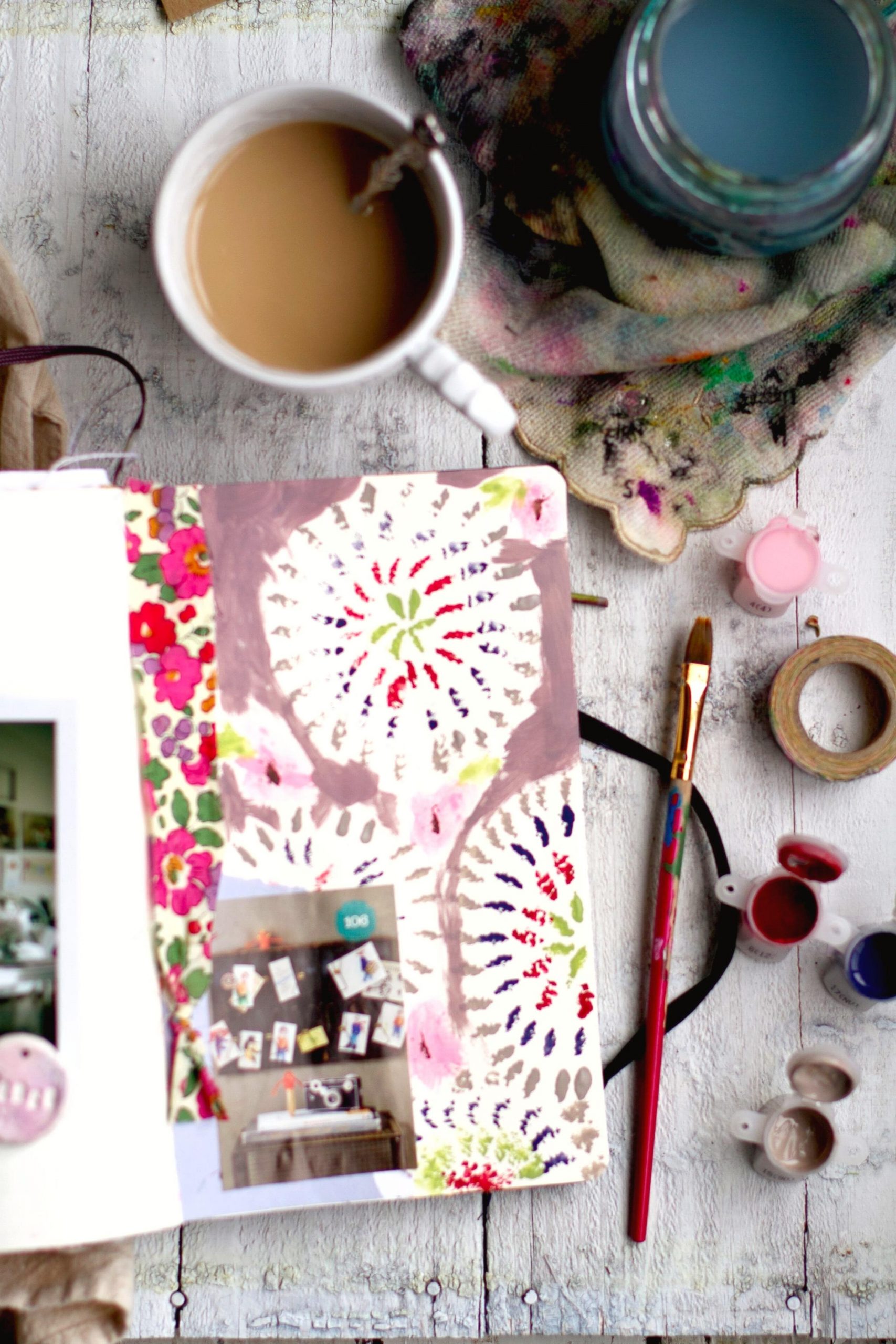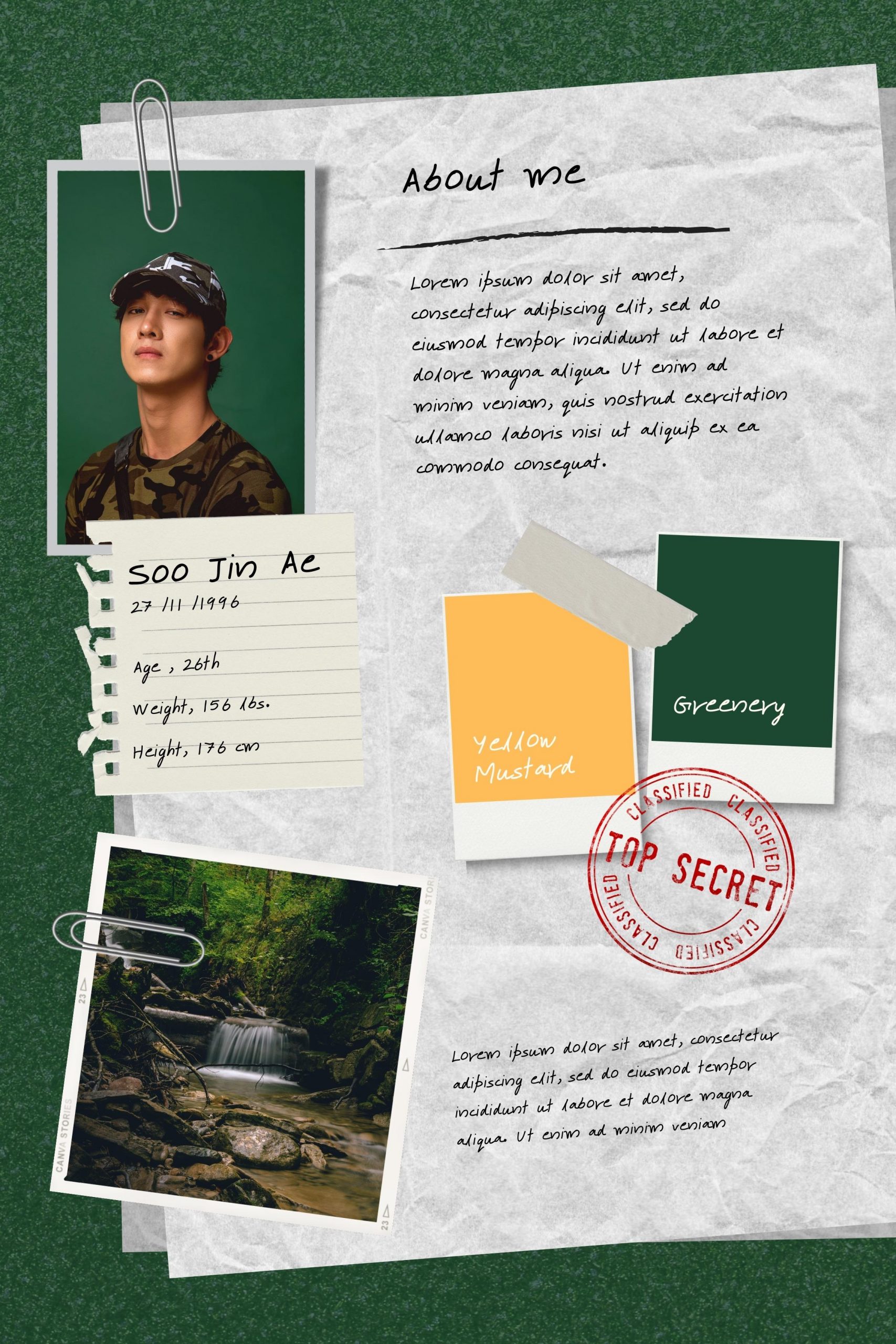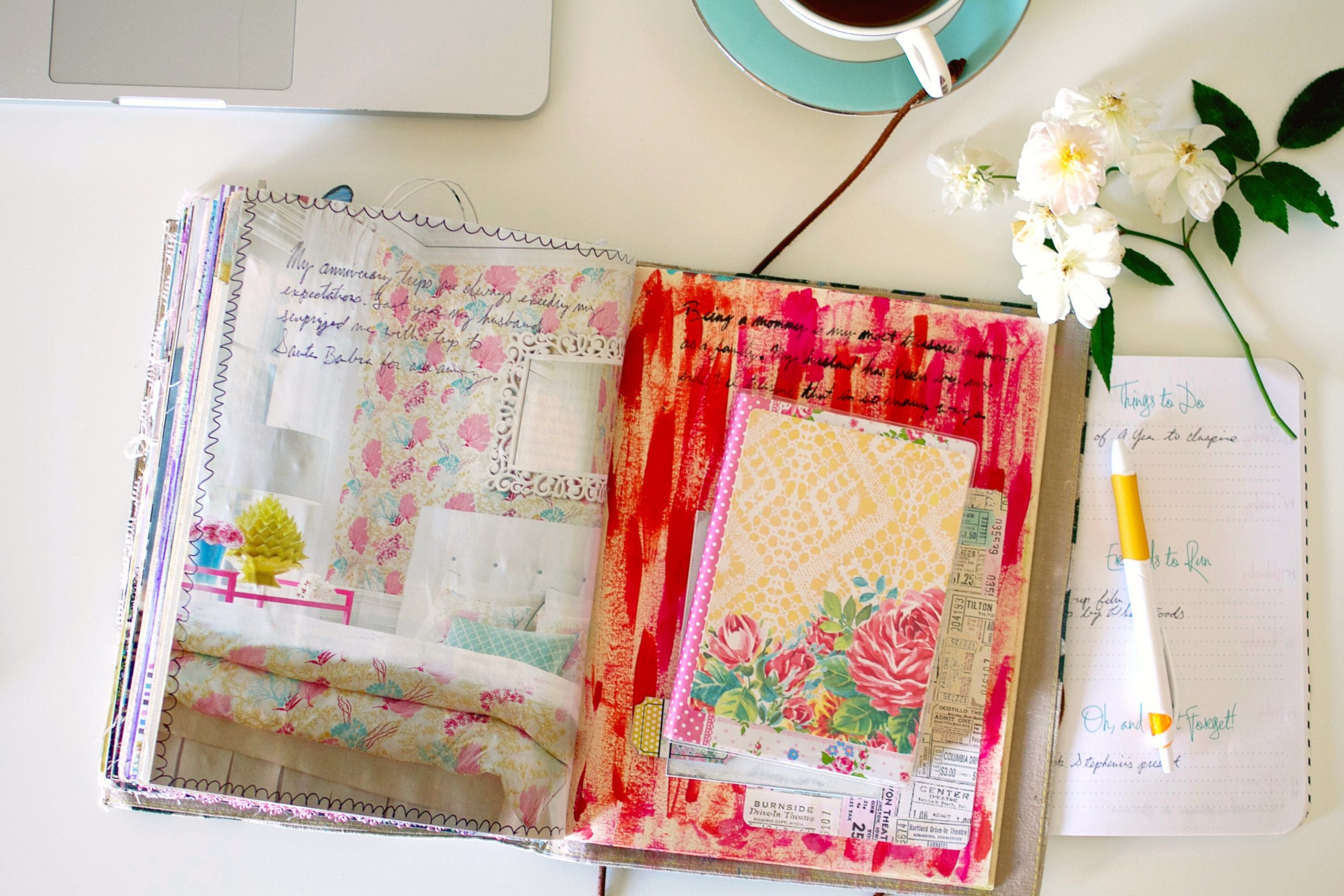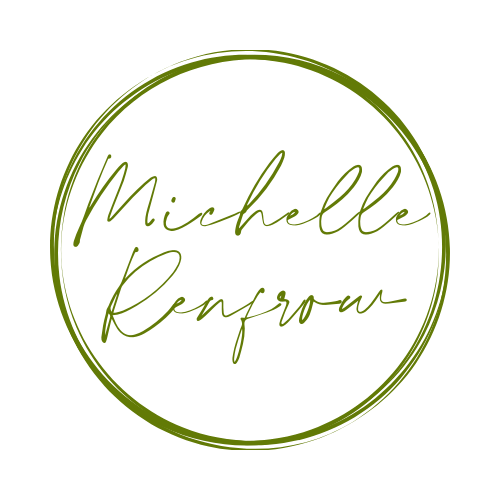
When you think of “the journal” you may be instantly bored by the idea of keeping one, but a visual journal is a regular journal upgraded, it’s the 2.0 version! Visual journals use a mixture of words and art; like drawings, magazine cut outs, or paintings even. They are like a diary with artistic flair. Typically a visual journal still outlines the day to day musings of the author but might add drawings of ideas or sketches for an upcoming piece of art. Many famous artists had visual journals and used them to do initial sketches of ideas or drafts of an image they were looking at at the moment.
For example, the journal Frida Khalo kept was a visual journal. This website describes her journals as, “No artist diary is as passionate, emotional and vivid as Frida Kahlo’s diary. From 1944-1954, the Mexican artist kept a colourfully illustrated diary overflowing with artworks, sketches, personal musings, dreams, poems and emotional references to her stormy relationship with her husband Diego Rivera. The diary also reveals Kahlo’s courage and suffering in the face of her physical injuries due to an accident which led to over 35 operations in her lifetime.
She illustrates her physical disabilities and the constant pain she lives with brilliantly in bold self-portraits throughout the diary, in which she shows her legs as cast in metal, or depicts the supportive corset she had to wear. Carlos Fuentes published a full-colour recreation of Kahlo’s diary in 2005, containing over 70 watercolours that illuminate Kahlo’s deepest inner worlds. Unexpected, completely non-linear, and a colourful ode to a life lived fully in and through art, Frida Kahlo’s diary also offers a kind of solace by showing how even adversity and suffering can be processed through creativity, resulting in radiance and life.”
What does the journal tell us over time?
A lot of therapists recommended using visual journaling as a way for their clients to explore their feelings and disassemble certain experiences. Just the ability to go back and notate how their artistic expression changes from day to day or week to week is a big part of art therapy.
I know that when I was in art therapy training I was told that a drawing that’s only done once is not necessarily an indicator of a certain trauma or other concerned. But looking at a theme that goes on for longer periods of time that is expressed through Art is a way of identifying any particular issues that may be lurking.
Dr. Cathy Malchiodi writes that “According to Elizabeth Warson, professor at George Washington University’s art therapy program, the regular practice of creating via an art journal can reduce your heart rate, increase serotonin flow and immune cells, and decrease stress responses.
These findings complement previous well-known studies by James Pennebaker on the benefits of writing about stressful experiences and the physiological changes that journaling can bring about in the long term.”

Taking the Journal Visual is Therapeutically Beneficial
“Lucia Cappachione is probably the most well-known art therapist who is devoted to the wide-ranging possibilities of visual journaling for wellness. While Cappachione is not the first person to appreciate the possibilities that visual journals have for mental health, she was one of the first to formalize “creative journaling” for health and introspection.
Her approach includes image-making, collage, words, and drawing with the non-dominant hand. Cappachione’s The Creative Journal is one of the first self-help art therapy books that I used to explore my own visual language; for you “art journaling virgins” out there, Cappachione’s books are a good place to start.”
“Altered books’ ‘ are visual journals that involve taking actual books and changing [altering] them in a variety of ways. Anything goes– you can draw, paint, collage, overwrite, or even destroy pages as a form of artistic self-expression.

When You Feel Like You Just Don’t Have it in You
Try a premade journal to write in and wreck. Check out this search on amazon to see all the cool journals that are out there that prompt you to try new and creative things. It challenges you to complete different pages for relieving stress and anxiety. These offer inspiration for getting started which can be hard for people who say they are not “creative”.
So rather than working with a sketchbook or journal with blank white pages, the nature of the book itself provides a stimulus for creative journaling. In fact, old hardcover books found in the dollar bin are some of the best for use as future altered books.
As an example of an altered book ala Psychology Today, check out Ron Huxley’s altered DSM III. If you are a mental health professional, I recommend Huxley’s idea as a way to reframe your perceptions about diagnostic categories and the meaning of “mental disorders” in your work and life.
For a wonderful primer on taking the journal visual, take a tour of art therapist Kelly Brown’s blog devoted to the medium of “art journaling.” Be sure to download Kelly’s guide to how to integrate art and writing in a journal, basic techniques, and how to incorporate art journaling into your life. If you decide to take up visual journaling, try to make it a habit.
Just like any wellness practice, a visual journal is more powerful if you make it a regular part of your life or routine. Find a time when you devote your complete attention to it and use it as a meditative retreat, letting out whatever comes to mind in images and words. And if you want to deepen your experience, it may be worthwhile to work with a therapist who can help you explore the content of your images or make suggestions for taking the process in different directions.
Visual journals are places to play with ideas, to contain emotions and life’s dramas, and to serve as a source of self-care, making them one of the coolest art therapy interventions for just about everyone.
Let’s play with your visual journal!
Step 1. Find the journal. I recommend a cool blank journal you can keep with you at all times. I like the 5×7 size but I wouldn’t go any bigger than 8.5 x 11.
Step 2. Don’t get caught up! You may not always have a specific topic to write about. Right about what you’re looking at in the moment right about an event that happened during the day.
If you’re looking for inspiration do a Google search for a cool quote. There are actually even idea generators that you can search that will tell you what you should write about or what you should draw or what you should do. They’re actually pretty cool. This website is a random word generator where you go to it and click it and it gives you an idea for something to sketch.
Step 3. Keep it simple. Use a black pen or pencil to do all of your journaling. And save the fun colors for when you decide to add back to it when you’re finished writing. I found these really cool watercolor pencils that are just like color pencils when you get started but then if you dip a paintbrush into water and rub it over the brush it blends into a beautiful watercolor art piece.

You might also spend a little time taking through magazines for specific titles or phrases or even some cool images that you want to add to your Journal. I like to buy magazines from discount stores or thrift shops and keep them on hand so that at any given time I can just start digging through them and using them for my work.
Step 4. Title your work. Giving the name either before you start or after you finish. Sometimes I know what I’m about to draw and so I’ll write the title for it before I get started but sometimes I start out one way and wind-up morphing into something else before I’m finished. So it’s okay if you don’t title it until you’re done.
Step 5. Be okay with sucking at it. Did you ride a bike perfectly when you first got started? NO. So why should this be any different? Trust the process, work at it and eventually this will be easy and feel very natural for you. Just have fun and trust the experience.
Taking the journal visual can offer such a unique opportunity for tracking your day-to-day life as well as focusing your energy and looking into yourself a bit more.
However you decide to make a visual journal it is important to do it everyday. It creates continuity, it can also be a stress reliever and you will see a significant change in how easy it becomes to do on the daily.
Try it out for a month. Look at the different patterns in what time of day you draw or what the themes are that you’re drying and check in with yourself emotionally to see if they connect you’ll be surprised at what you find. Happy Arting!
